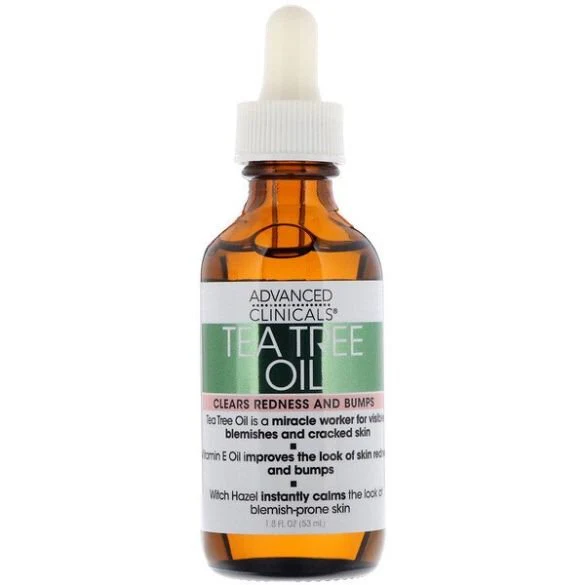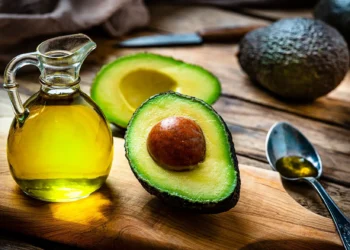How to use It and what to avoid ‘Turmeric is a root plant related to ginger that’s commonly used as a spice around the world, especially in South Asia.
You may recognize it by its bright yellow color, which comes as a result of the active ingredient curcumin, “a potent anti-inflammatory, anti-microbial, anti-neoplastic and antioxidant [that] combats free-radicals and free-radical damage,” says Dr. Patel.
‘Tea tree oil and turmeric oil are both natural ingredients that have been used for centuries for their powerful healing and skin-brightening properties. When used together, they can help to improve the overall appearance and health of your skin, leaving it glowing and radiant. However, Tea tree oil is known for its anti-inflammatory and antibacterial properties, which can help to reduce acne and other skin issues. It can also help to reduce redness and inflammation, resulting in a clearer complexion. Additionally, tea tree oil can help to regulate the production of sebum, the skin’s natural oil, which can help to prevent breakouts and balance oily skin.
Turmeric oil , on the other hand, is a powerful antioxidant that can help to brighten and even out the skin tone. It can also help to reduce inflammation and redness, as well as protect the skin from environmental damage. Turmeric oil is also known to improve skin elasticity and promote a more youthful appearance. When used together, tea tree oil and turmeric can work wonders for your skin. They can help to reduce acne, calm redness and inflammation, brighten the complexion, and promote a healthy, radiant glow. To reap the benefits of these two powerhouse ingredients, you can use them in DIY face masks, spot treatments, or incorporate them into your skincare routine.
it can also deliver some major skin benefits, according to dermatologists. Applying turmeric oil to your face can help calm skin rashes, lighten dark spots and hyperpigmentation, treat acne and brighten skin tone, just to name a few of its benefits. To answer all your questions about turmeric.
These Ayurveda expert stated that the main benefits of turmeric oil for skin is its ability to do a little bit of everything, but its main benefit is delivering glowing, radiant skin. “It has anti-inflammatory, antibacterial and antioxidant properties that show promising benefits in treating acne, atopic dermatitis, psoriasis, and even pigmentation when either ingested and/or applied topically,”
Here, in more detail, are the specific ways turmeric can benefit skin:
Turmeric provides “anti-inflammatory benefits and protection from environmental damage,” says the expert. Because inflammation is the root cause of many skin problems, minimizing it can in turn help improve skin issues like acne, rashes and redness.
Turmeric oil has also been used to heal scars, skin rashes, burns and other uncomfortable skin conditions,”. “It is believed that turmeric oil aids in skin renewal, though is not solely responsible for it.”
Lightens dark spots: While not an immediate fix, “topical turmeric helps with discoloration or hyperpigmentation if used over a long time leads to a Brightened skin: Perhaps one of turmeric’s most talked about benefits is its ability to illuminate skin. “Turmeric oil has been used to reduce excess production of melanin which can brighten skin tone
Which skin types is turmeric best for?
“Turmeric oil can be used on all skin types, but it’s particularly great for dull, itchy and/or sensitive skin,” . But note that “it is possible to have a turmeric allergy and it is important to patch test to a small area before applying it to a larger area,. You can patch test behind your ear, and “if there is no redness or itching, then you can go ahead and use turmeric in your skincare.”
You can easily find turmeric-laced skincare products to buy at Nectar Beauty Hub in Nigeria. But you can also make a DIY treatment it if you want to save some money.”
Shop all and browse through for the best Tumeric Oil and Tea Tree Oil at Nectr Beauty Hub.






















